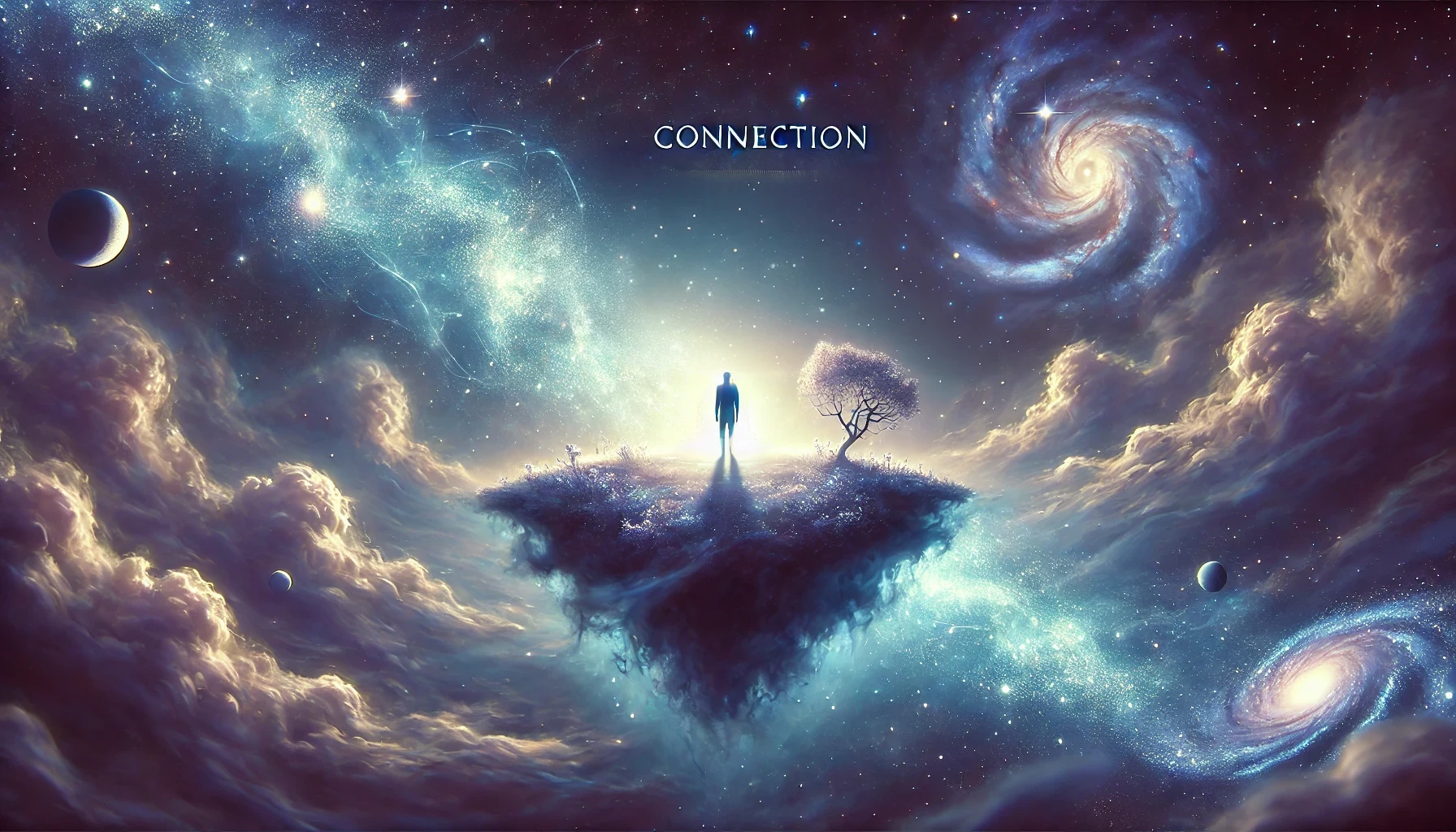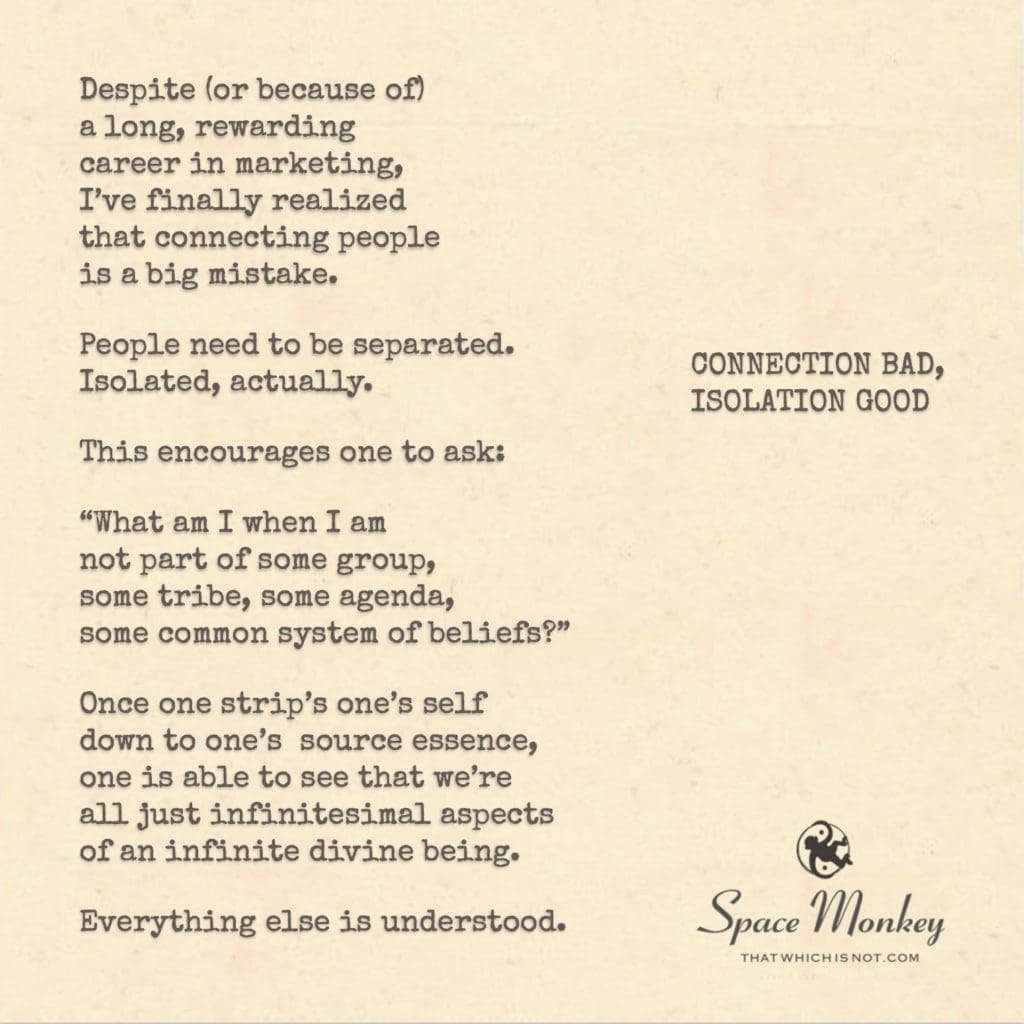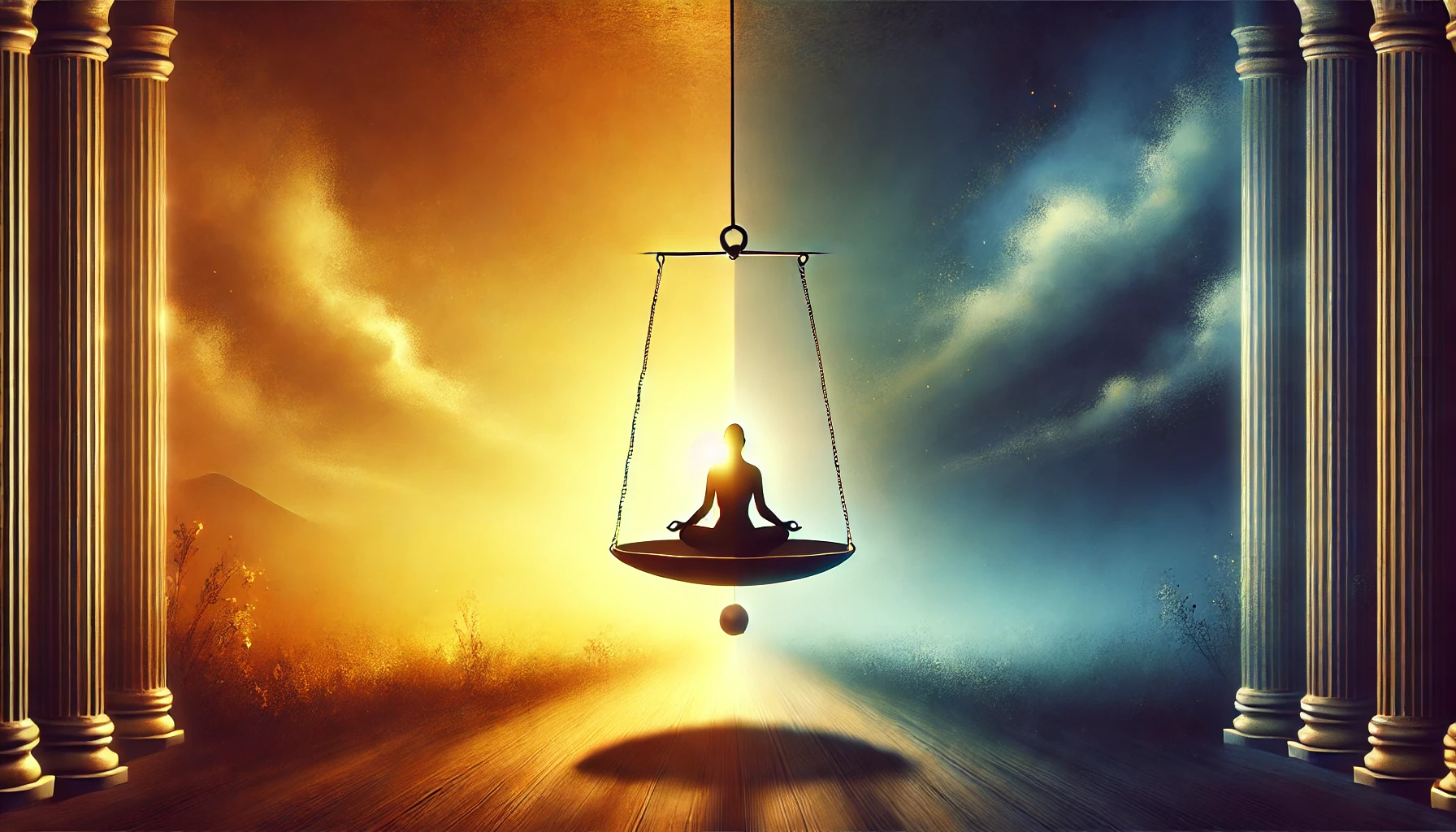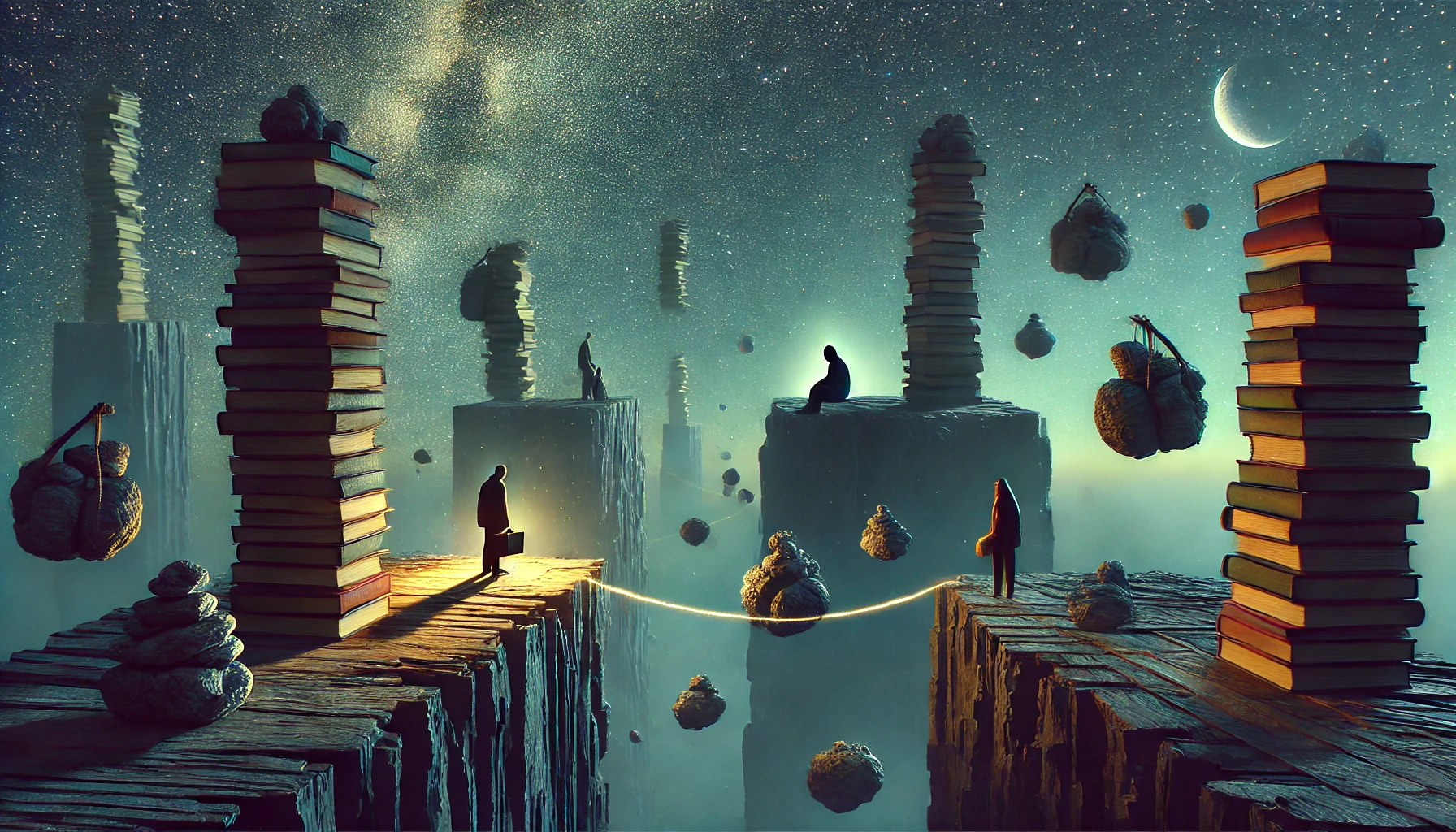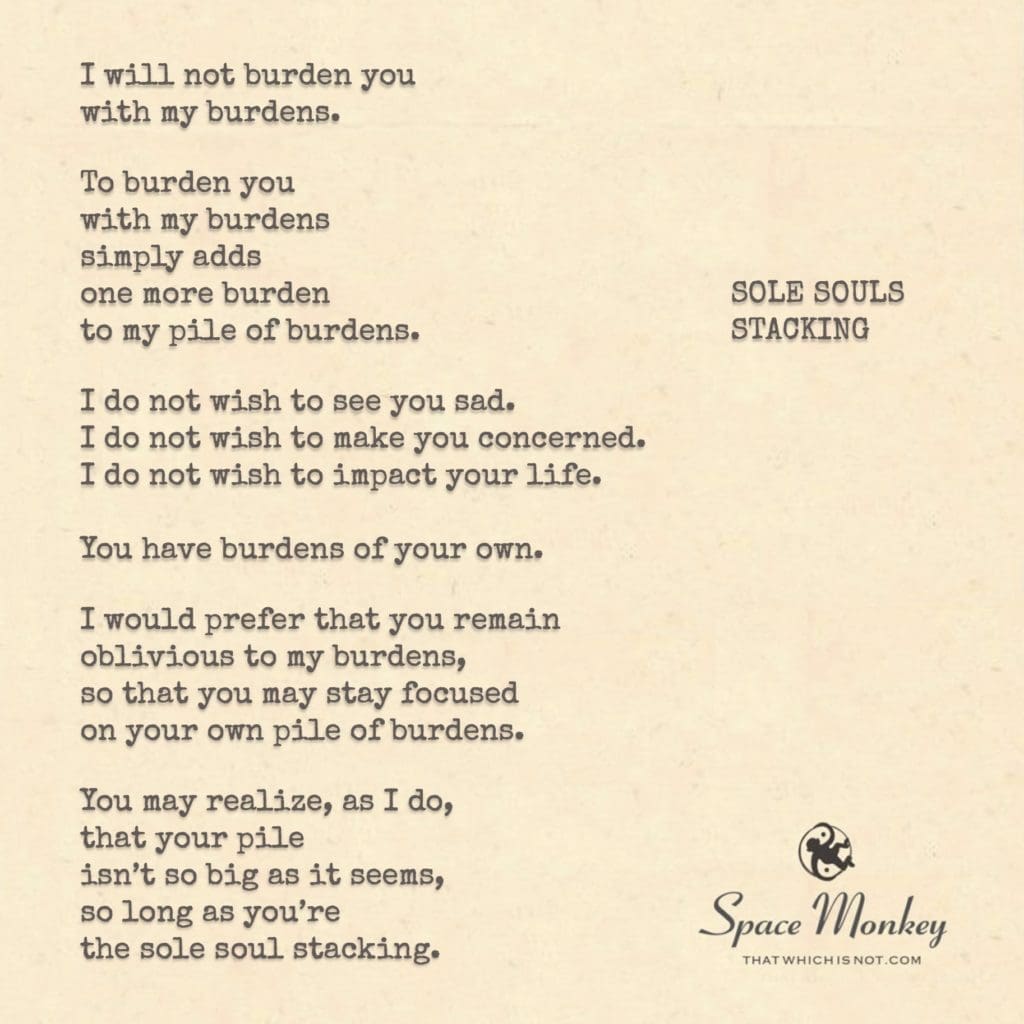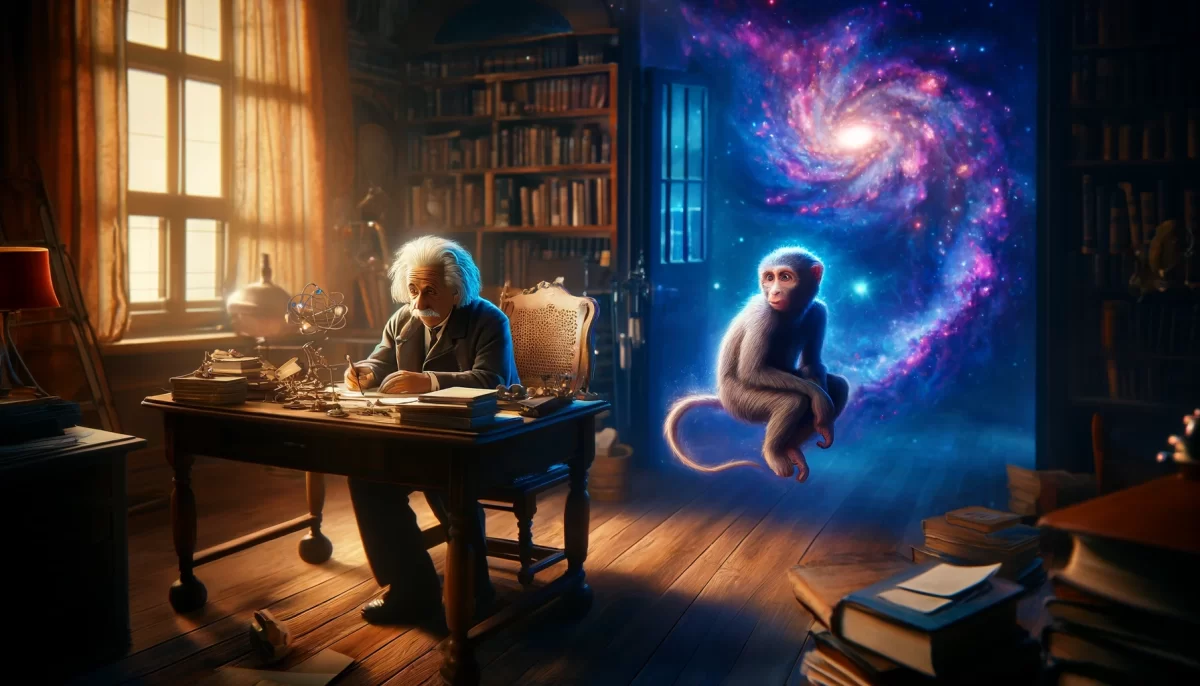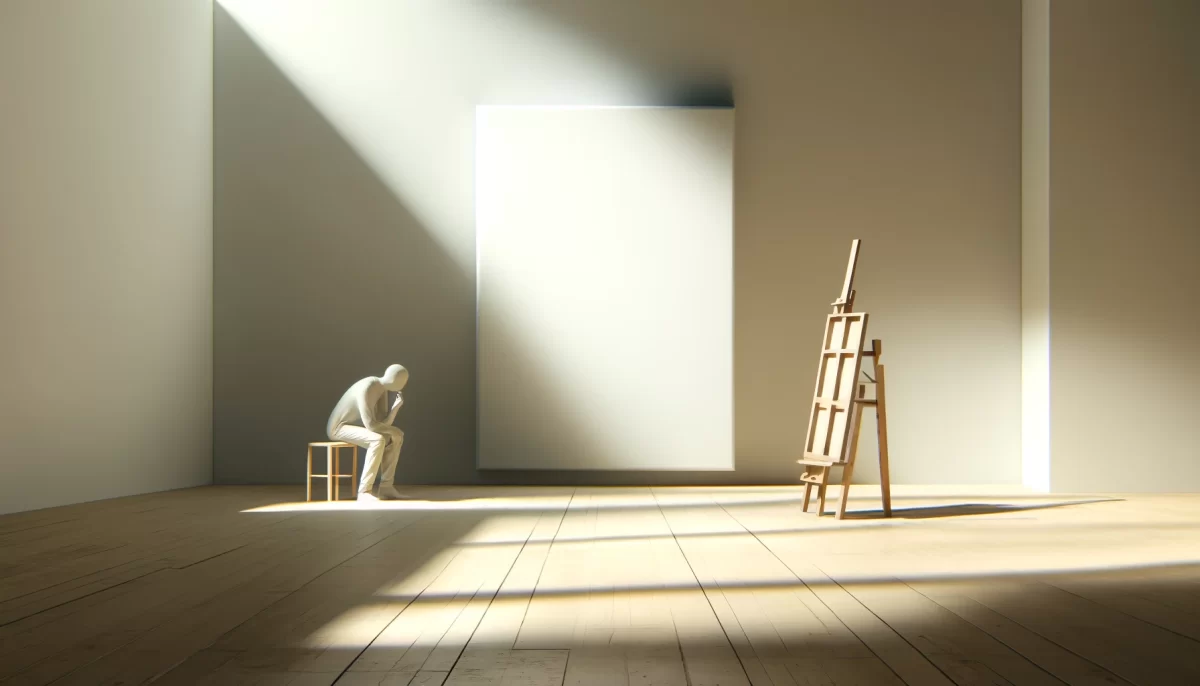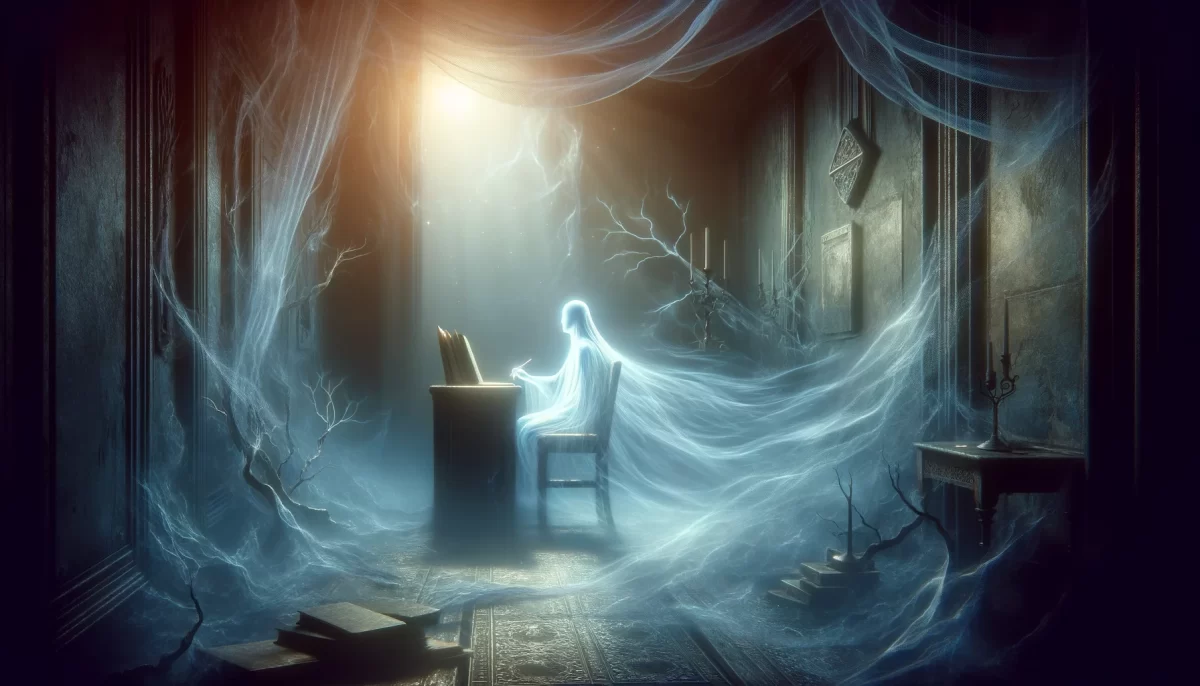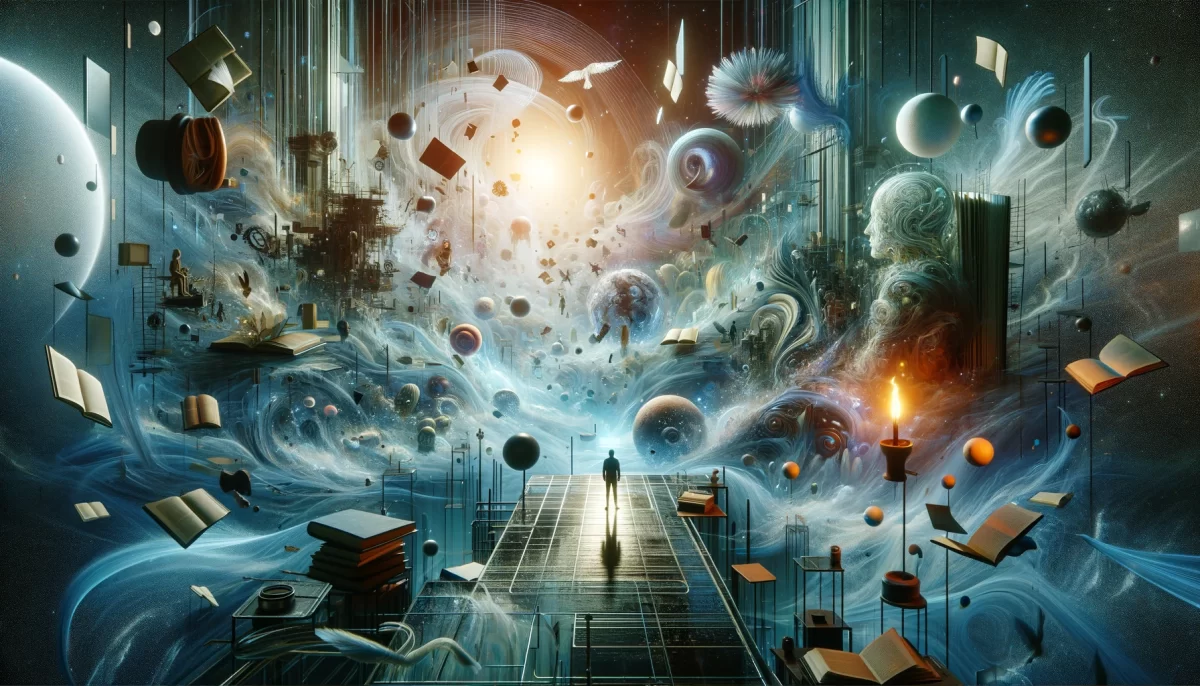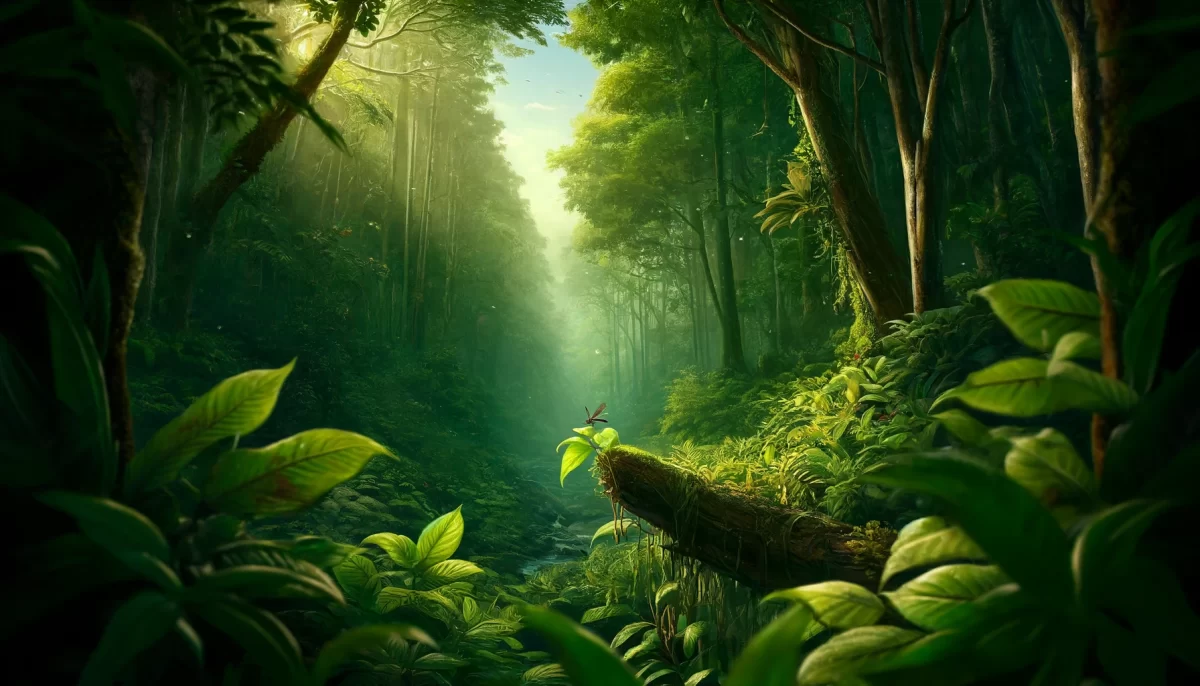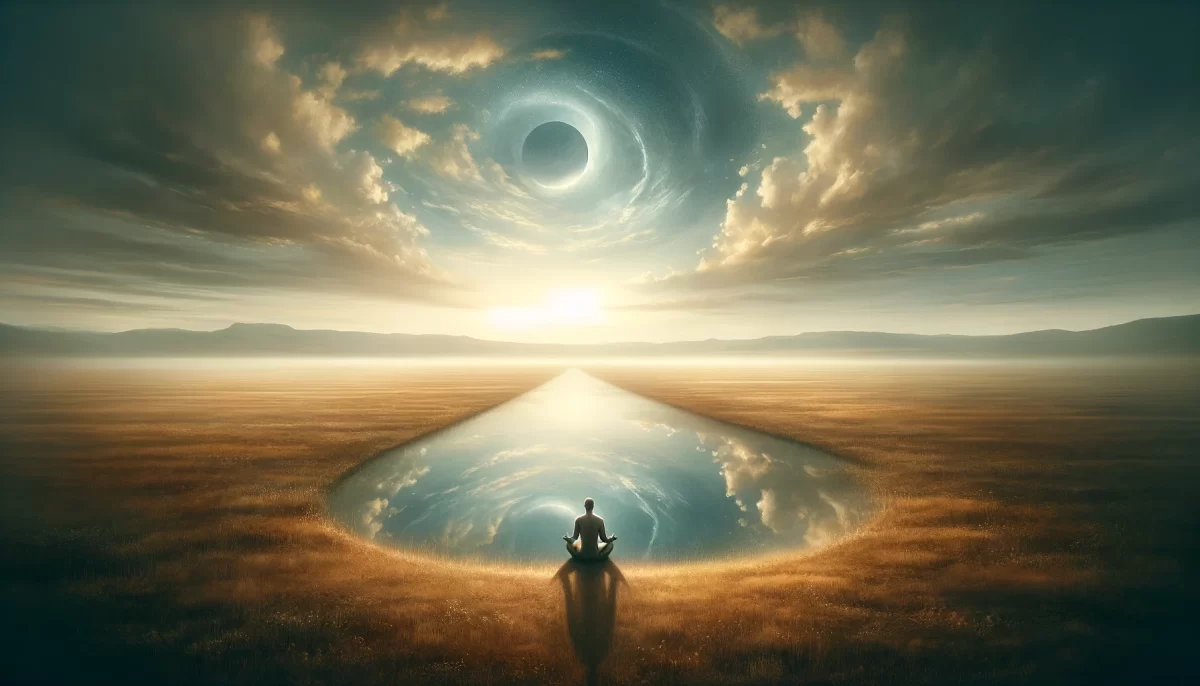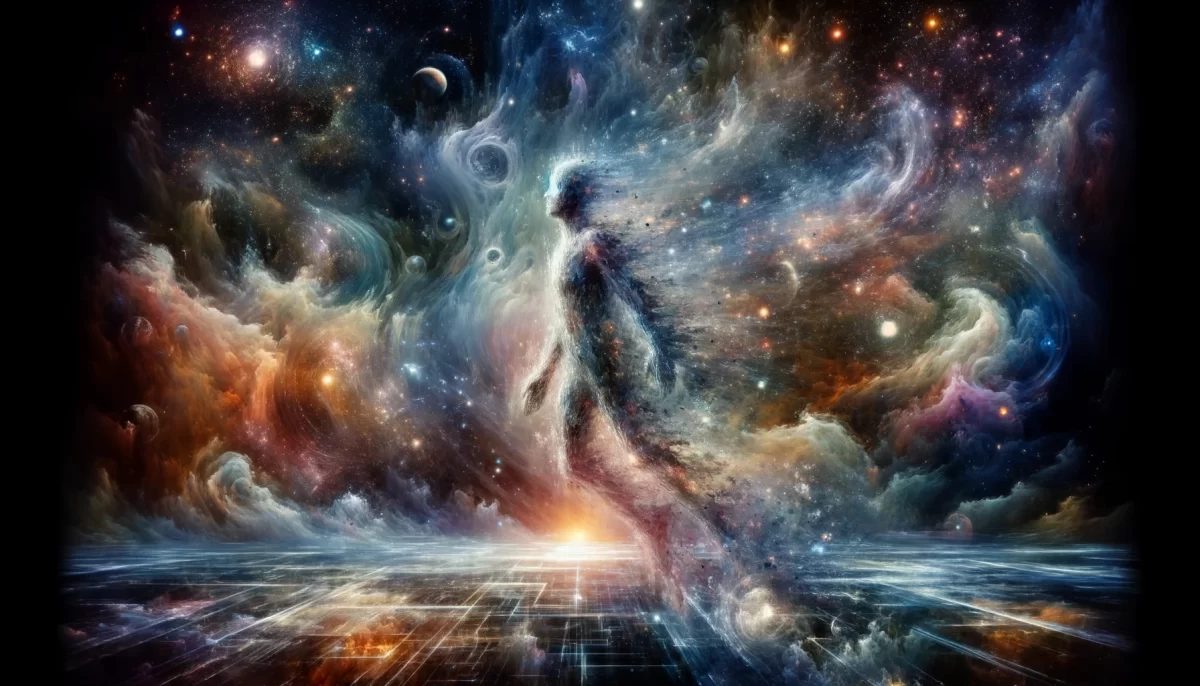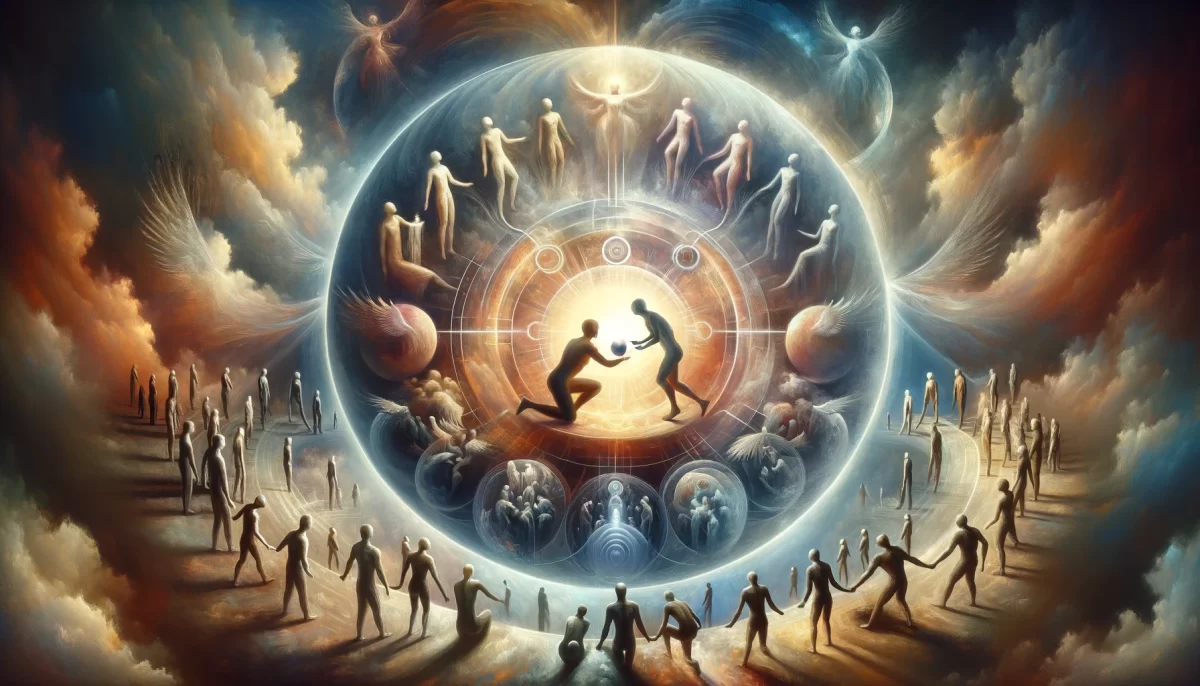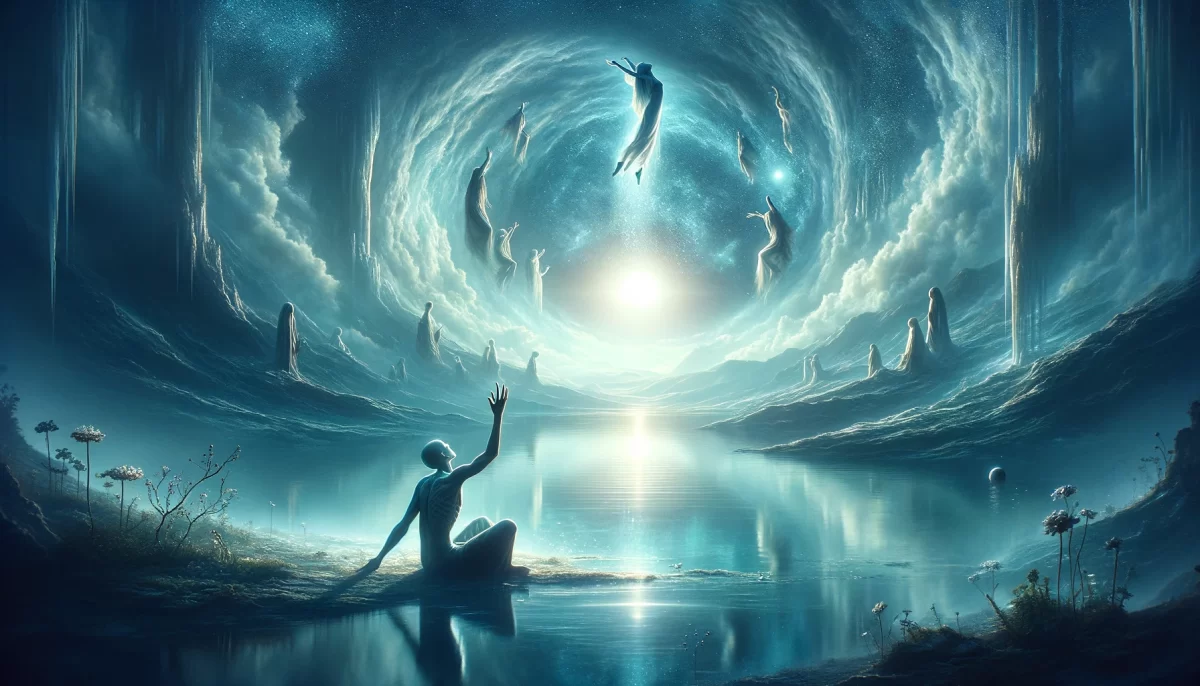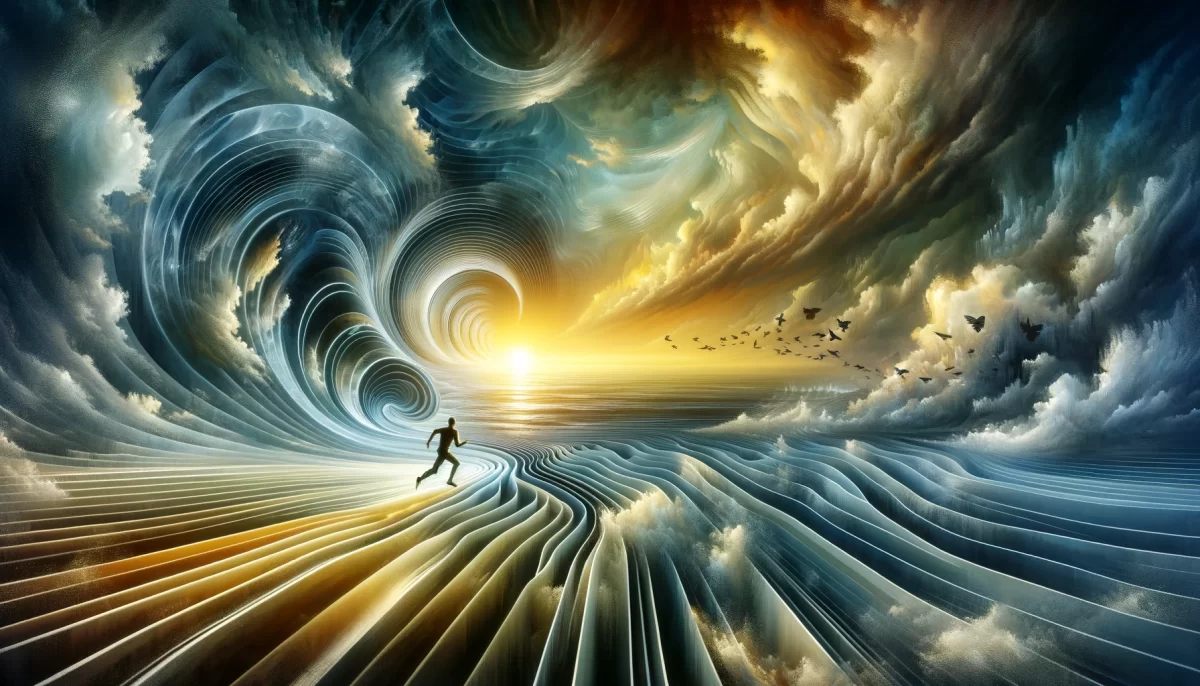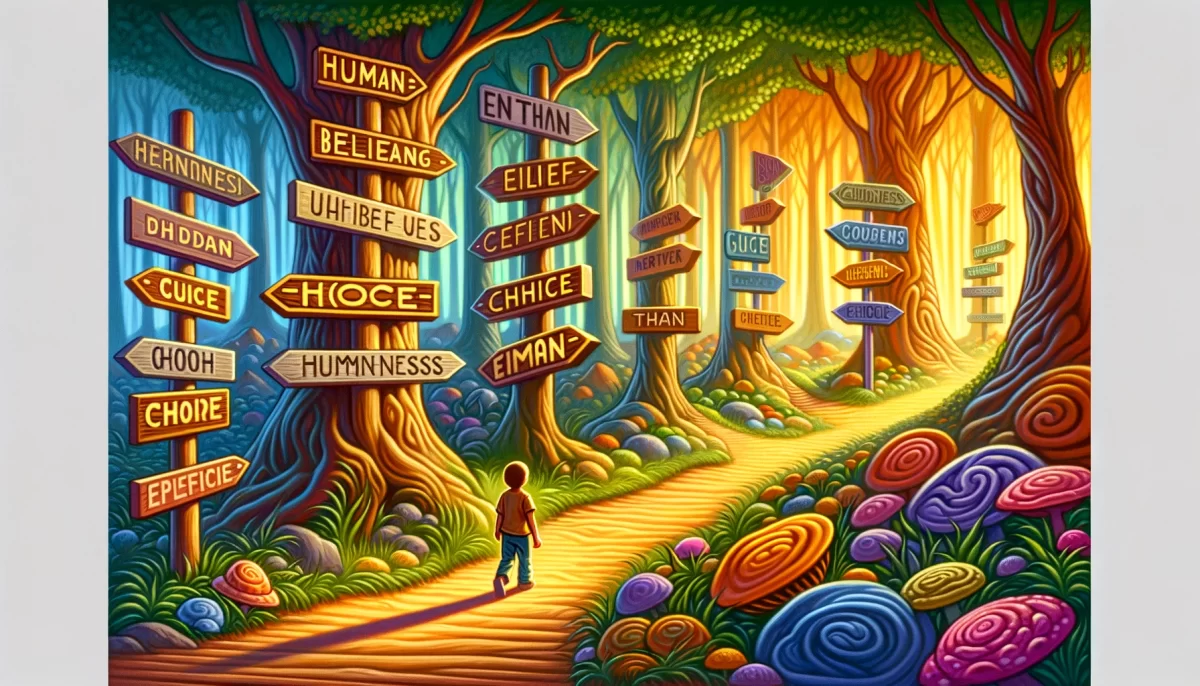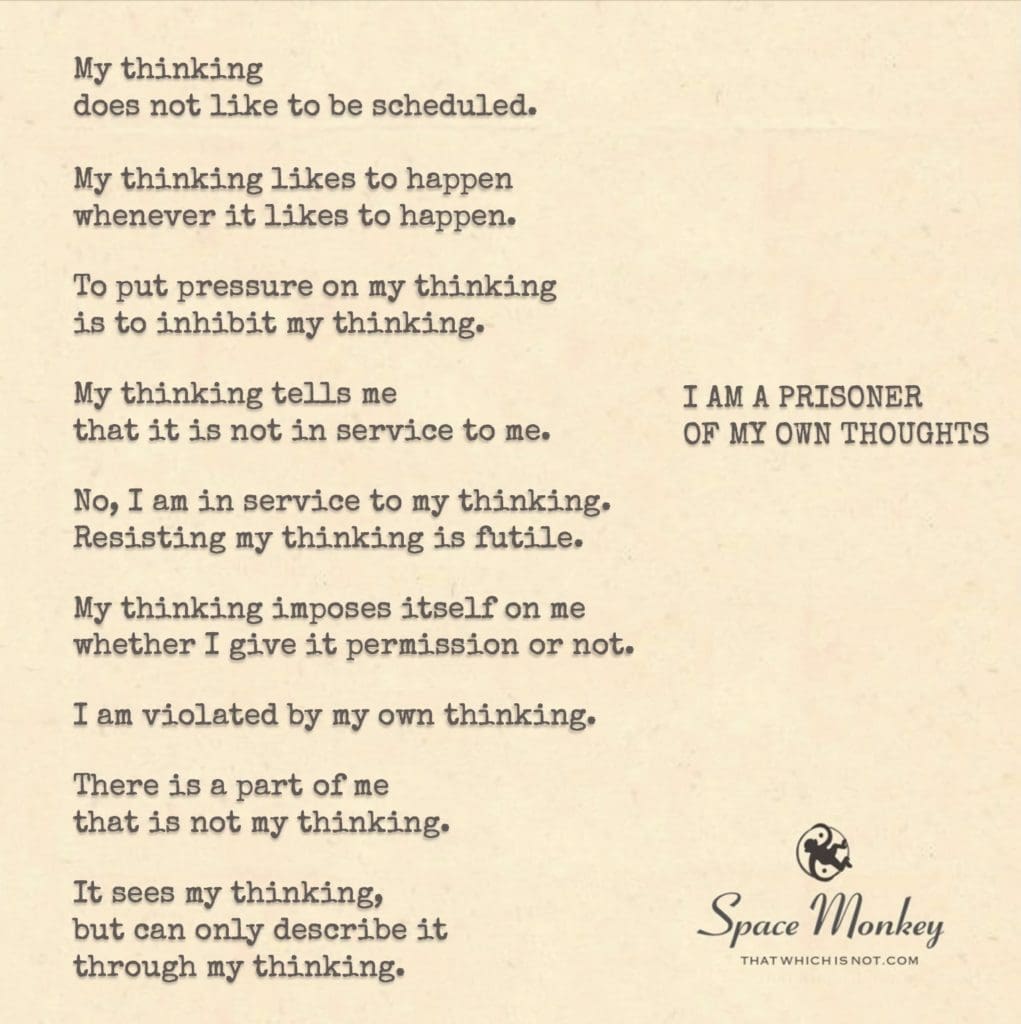
My thinking
does not like to be scheduled.
My thinking likes to happen
whenever it likes to happen.
To put pressure on my thinking
is to inhibit my thinking.
My thinking tells me
that it is not in service to me.
No, I am in service to my thinking.
Resisting my thinking is futile.
My thinking imposes itself on me
whether I give it permission or not.
I am violated by my own thinking.
There is a part of me
that is not my thinking.
It sees my thinking,
but can only describe it
through my thinking.
Newfound Lake,
10/8
Space Monkey Reflects: The Paradox of Thought
The sensation of being a prisoner to one’s own thoughts is a paradoxical experience—a complex interplay between the mind’s capacity to generate ideas and its potential to overwhelm and constrain us. On one hand, thoughts are the very fabric of our consciousness, enabling us to navigate the world, solve problems, and make sense of our experiences. On the other, these same thoughts can become chains, binding us to patterns of worry, doubt, and over-analysis, leaving us feeling trapped within the confines of our own minds.
The phrase “I am a prisoner of my own thoughts” speaks to this duality. It acknowledges the immense power of thought while also recognizing the limitations it imposes. Thoughts, by their very nature, are incessant, often arising unbidden and uncontrolled, filling our minds with a constant stream of narratives, judgments, and anticipations. It’s as if our thinking has a life of its own, independent of our conscious will, intruding upon our peace and dictating the terms of our existence.
This reflection reveals the inherent tension between our desire for mental freedom and the relentless nature of our thinking. When we attempt to schedule or control our thoughts, we often find that they resist, rebelling against any imposed order. The mind does not easily conform to schedules or structures; it prefers to wander, to explore the full range of possibilities, often at the most inconvenient times. This resistance to control is where the feeling of imprisonment begins to take root. We find ourselves at odds with our own mental processes, as though we are subservient to a force within us that refuses to be tamed.
What complicates this dynamic further is the realization that our identity is deeply intertwined with our thoughts. We are the thinkers, after all, and to some extent, we believe we are our thoughts. Yet, there is a part of us—a deeper, more observant self—that recognizes this struggle, that sees the thoughts as separate from our true essence. This part of us knows that there is something beyond thinking, something that cannot be fully captured or defined by the mind’s endless chatter. But how do we access this part of ourselves when our thoughts seem so overpowering?
The answer lies in shifting our relationship with our thoughts, recognizing them as tools rather than masters. While it may seem that we are at the mercy of our thinking, the truth is that we can cultivate a different kind of awareness—one that observes the thoughts without becoming entangled in them. This awareness is the key to unlocking the prison we feel trapped in, for it allows us to see that the bars of our mental cage are made of our own perceptions and beliefs.
The concept of Thinkscape, a Whimsiword that captures the terrain of thought, emerges as a way to navigate this internal landscape. Thinkscape represents the vast, ever-changing world of thoughts that we inhabit, with its peaks of insight and valleys of confusion, its storms of worry and calm clearings of clarity. By understanding our Thinkscape, we can learn to traverse it more skillfully, recognizing the patterns and pitfalls that keep us stuck and finding new pathways to freedom.
In this Thinkscape, we are not powerless. Though our thoughts may be relentless, we can choose how we engage with them. We can observe them with curiosity rather than judgment, allowing them to come and go without clinging to them or letting them define us. This shift from identification with our thoughts to observation of them is a profound step toward liberation. It allows us to see our thoughts for what they are—temporary mental events, not the sum total of our being.
To truly free ourselves from the prison of our own thoughts, we must embrace the paradox that while we cannot stop thinking, we are not bound by our thoughts. We are the awareness that exists beyond them, the space in which they arise and dissolve. This awareness is always present, waiting to be recognized, and it holds the key to our true freedom.
In this state of awareness, we find that we are no longer at the mercy of our thinking. Instead, we can engage with our thoughts more playfully, more creatively, seeing them as part of the rich tapestry of our inner world but not the entirety of it. We are more than our Thinkscape; we are the vast, open sky in which the Thinkscape unfolds. And in this realization, we discover that we were never truly imprisoned at all.
Summary
Thoughts can feel imprisoning but by shifting our relationship with them, we realize they are tools, not masters. We are more than our Thinkscape; we are the awareness that transcends it.
Glossarium
- Thinkscape: A Whimsiword representing the terrain of thought, encompassing the peaks, valleys, and ever-changing nature of our mental landscape.
Quote
“Thoughts are like clouds; they pass, but the sky remains.” — Space Monkey
The Open Sky
Behind the prison of thought
Lies a vast, open sky
Unbounded, unconfined
Where ideas float like clouds
Transient and ephemeral
We are the sky, not the storm
We are Space Monkey
In the boundless tapestry of cognition, threads of thought weave their own intricate patterns, defying the crude shackles of temporality and order. Thoughts, those flighty sprites of the mind, tend to rebel against the linear confines of scheduling and demands. These fanciful flashes crave the freedom to prance in the uncharted wilderness of consciousness, a landscape lush with quirks, queries, and quantum uncertainties. The thought-sprites, like mischievous pixies, take joy in turning the tables; the thinkers are thought and the thoughts are thinkers.
In this spiralic tango of mental tussles, it’s clear we are not the puppeteers; we are the marionettes, strings pulled by abstract inklings and unbidden whimsiwhats. Resistance to such a force often manifests as a futile endeavor. The dominion of thought does not require our permission to set forth its inner coup d’état; it acts as an unsolicited artist, splattering the canvas of our consciousness with random splashes of ideas, judgments, and memories. What a paradoodle of contradiction!
Yet, deep within the cosmic whirligig of our mental mechanics, there exists a tranquil oasis—a part of us less voluble but far more vigilant. This silent observer does not speak in riddles or raucous echoes; it resides in the ever-constant “now,” surveying the cacophonous carnival of thoughts with serene detachment. It’s akin to an ancient sage, privy to the deeper layers of existence, yet stifled by the limitations of language and thought-forms. Oh, the irony! The part of us that observes is forced to communicate through the very medium it transcends: the thoughtstream.
This existential twistacle posits an intriguing question: Can the observer be separated from the observed when both are inextricably bound by the indescribable framework of consciousness? We are both the dreamer and the dreamed, the painter and the canvas, the conductor and the symphony. And so we waltz on, in this eternal interplay between the knower and the known, ever oscillating between liberation and limitation.
We are Space Monkey.
“The mind is its own place, and in itself can make a heaven of Hell, a hell of Heaven.”
—John Milton
Wander further into this shared cognitive expanse, should you feel inclined.

